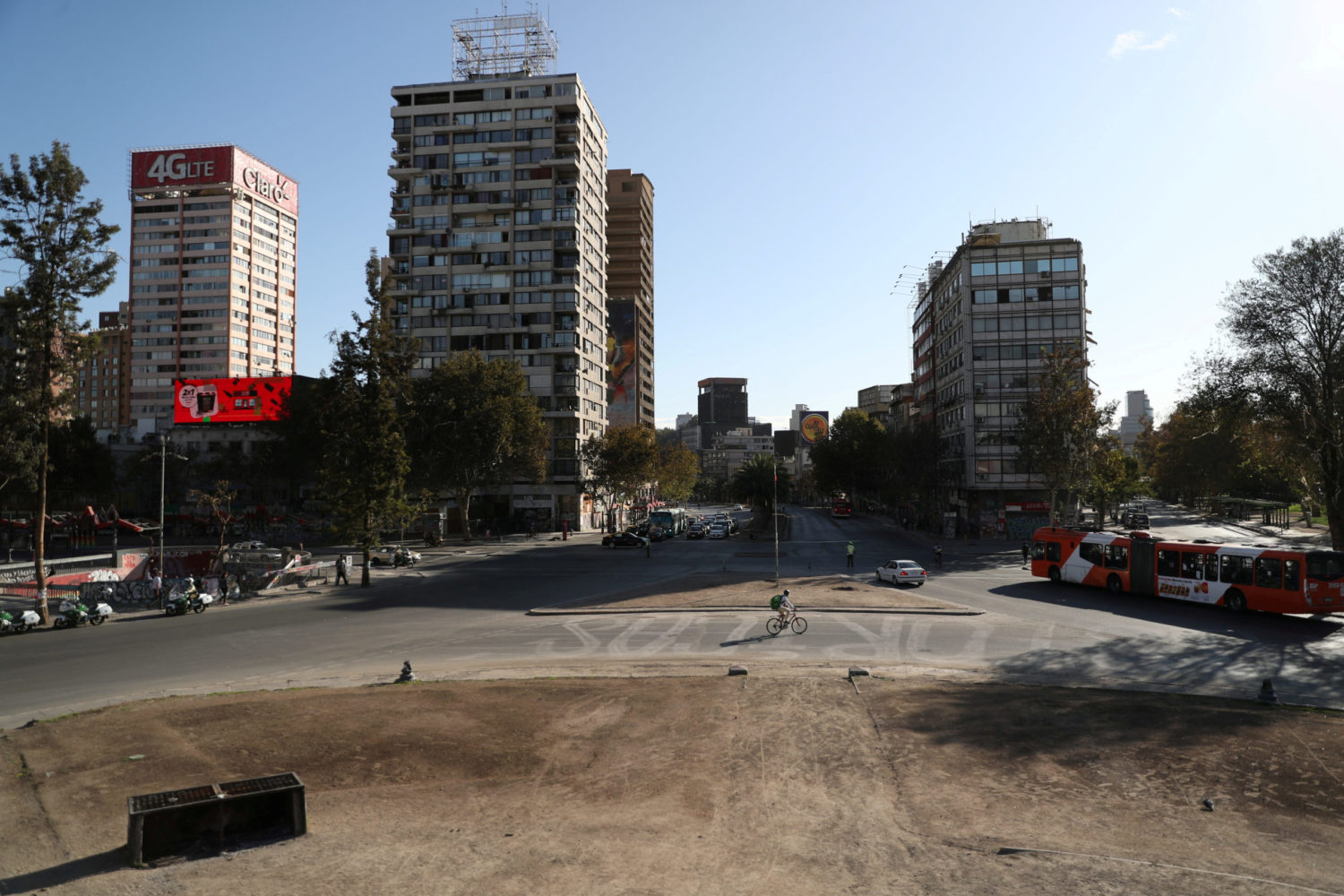
FRANKFURT/LONDON (Reuters) – AstraZeneca’s COVID-19 vaccine developed with Oxford University was 79% effective in preventing symptomatic illness in a large trial in Chile, Peru and the United States, the company said on Monday, paving the way for it to apply for U.S. approval.
The vaccine was also 100% effective against severe or critical disease and hospitalization, and was safe, the partners said on Monday, releasing results of the late-stage human trial study of more than 32,000 volunteers across all age groups.
The data will give credence to the British shot after results from earlier, separate late-stage studies raised questions about the robustness of the data.
It will also help to allay safety concerns that have disrupted its use in the European Union after a small number of reports of rare blood clots in people who received the vaccine.
After briefly halting its use, many European countries have resumed using the shot in their inoculation programs after a regional regulator said it was safe, while several country leaders are also taking the vaccine to boost confidence.
AstraZeneca said an independent safety committee conducted a specific review of the blood clots in the U.S. trial, as well as cerebral venous sinus thrombosis (CVST), which is an extremely rare blood clot in the brain, with the help of an independent neurologist.
The London-listed company said the panel found “no increased risk of thrombosis or events characterized by thrombosis among the 21,583 participants receiving at least one dose of the vaccine. The specific search for CVST found no events in this trial.”
“These results are great news as they show the remarkable efficacy of the vaccine in a new population and are consistent with the results from Oxford-led trials,” Andrew Pollard, who runs the Oxford Vaccine Group, said.
AstraZeneca said it was preparing to submit the data to the U.S. Food and Drug Administration and for a launch in the United States should it win Emergency Use Authorization.
University of Oxford professor Sarah Gilbert told BBC radio that work to prepare the submission will take a few weeks.
The efficacy read-out was above a rate of about 60%, cited by the European Union’s drugs regulator in its December recommendation.
It was, however, in line with the maximum efficacy found by Britain’s Medicines and Healthcare products Regulatory Agency (MHRA), based on cases with a three-month gap between the first and the second dose.
In the trial, participants received either two standard doses of the Oxford-AstraZeneca vaccine or a placebo vaccine, at a four-week interval.
Amongst participants in the interim analysis, about 79% were white/Caucasian, 8% black/African American, 4% native American and 4% Asian, and 22% of participants were Hispanic, the company said.
About 20% of participants were 65 years and over, and approximately 60% had co-morbidities associated with an increased risk for progression of severe COVID-19, such as diabetes, severe obesity or cardiac disease.
(Reporting by Ludwig Burger in Frankfurt, Pushkala Aripaka and Muvija M in Bengaluru; Editing by Josephine Mason, Mark Potter, Sherry Jacob-Phillips and Edmund Blair)













